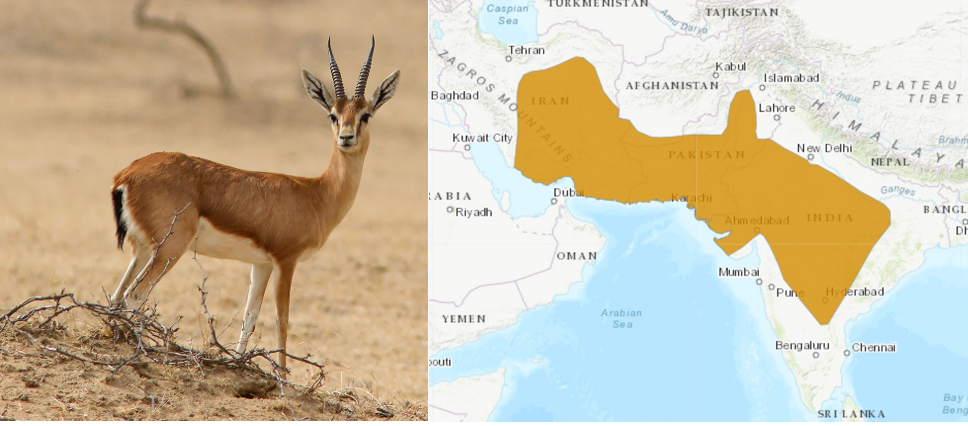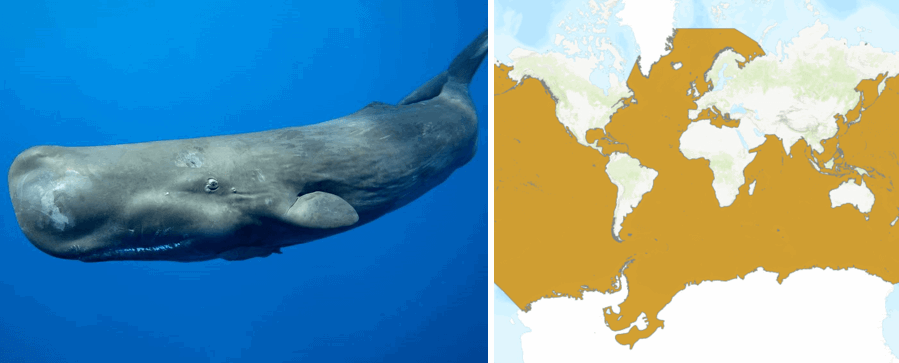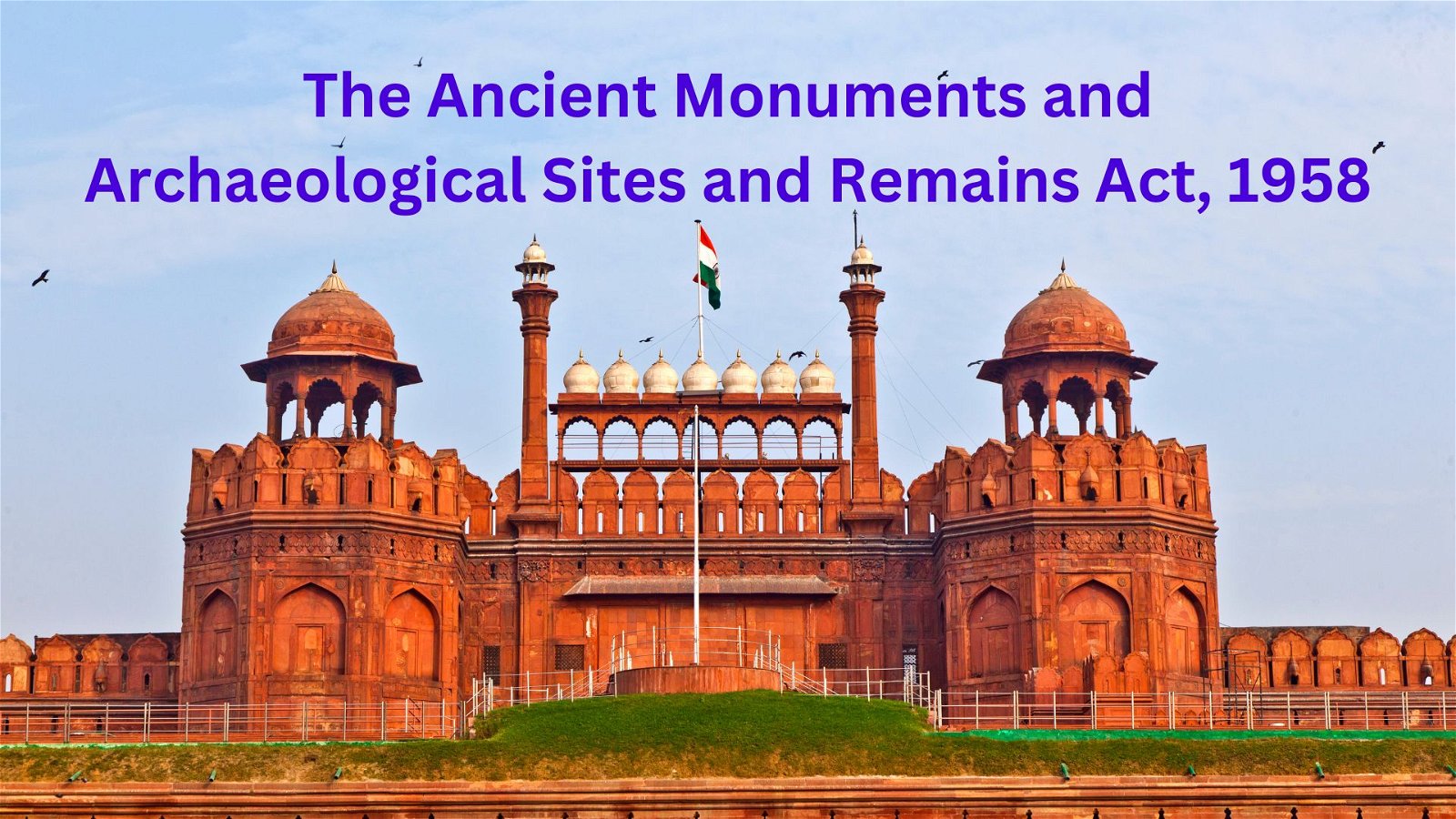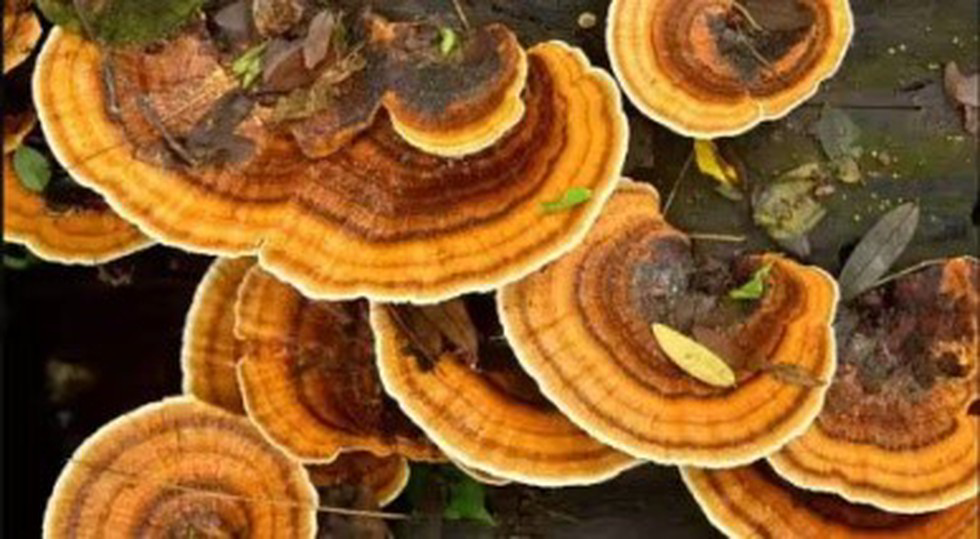
Current Affairs January 14, 2024: Kalaram Temple, GM Mustard, Mumbai Trans Harbour Link (MTHL), New Generation Akash Missile, Direct Tax, Swami Vivekananda
Subscribers of "Current Affairs" course can Download Daily Current Affairs in PDF/DOC
Subscribe to Never Miss an Important Update! Assured Discounts on New Products!
Must Join PMF IAS Telegram Channel & PMF IAS History Telegram Channel
{GS1 – A&C – Architecture} Kalaram Temple
- Context (IE): PM visited the Kalaram Mandir on the banks of Godavari river in the Panchavati area.
- The temple is the site of agitation led by B.R Ambedkar, who demanded temple entry rights for Dalits in 1930.
- Kalaram Temple is a Hindu temple in Nashik city’s Panchavati area in Maharashtra.
- The temple derives its name from a black statue of Lord Kala Ram translates literally to “Black Ram”.

Kalaram Temple History and Architecture
- The original temple dedicated to an unknown deity was ancient, estimated to be of the Rashtrakuta Period from the 7th –11th centuries.
- During the early Turkish invasions, the idol of the deity was thrown in the Godavari River by the Temple Brahmins to save it.
- The New temple was built in 1792 with the efforts of one Sardar Rangarao Odhekar.
- Sardar Odhekar dreamt of a black-coloured statue of Lord Ram in the Godavari, recovered the statues from the river, and built the temple.
- The place where statues were found was named Ramkund.
Architecture and the Temple Complex
- The sanctum sanctorum houses the statues of Lord Ram, the goddess Sita and Lakshmana.
- The main entrance has a Hanuman deity, which is black.
- The Temple is designed so that Rama’s idol can be visible from Hanuman’s idol.
- The main temple has 14 steps, representing the 14 years of Ram’s exile.
- 84 temple pillars signify a cycle of 84 lakh species, the completion of which leads to birth as a human.
- There is also an ancient tree with Dattatreya’s footprint impressions marked on a stone.
- Dattatreya is a paradigmatic Sannyasi (monk) and one of the lords of yoga.
- There is a statue of Sardar Odhekar in the temple.
- The architectural design of this temple is similar to the temple of Trimbakeshwar.
- The temple has been constructed of black stones and four entrance doors in all four directions.
- Several smaller temples surround the temple, such as the Vithal, Ganapathi, and Maruti.
Panchvati: Its linkages with Ramayana
- Several significant events described in the Ramayana occurred in the Panchvati area.
- Ram, Sita and Lakshman spent the first few years of their 14-year exile in Dandakaranya, the dense forest in central India of which Panchavati was a part.
- Panchavati derives its name from five sacred banyan trees in the vicinity, symbolising the auspiciousness of the area where Lord Ram, Sita, and Lakshman chose to establish their hut.
- Ravan, the demon king of Lanka, abducted Sita from the forest, Dandkaranya.
Kalaram Temple Entry Movement
- In 1930, B R Ambedkar and the Marathi teacher and social activist Pandurang Sadashiv Sane, known as Sane Guruji, led an agitation to demand access to Hindu temples for Dalits.
- It is also known as Kalaram Mandir Satyagraha.
- Many Dalit protesters arrived in the town by trucks; they surrounded the temple and sat around it.
- Mode of Protest: They sang songs and often raised war cries, demanding to enter the temple.
- Reaction of Locals: The people of Nashik boycotted the protesters.
{GS3 – IE – Taxes} Direct Tax
- Context (TH): According to the Central Board of Direct Taxes (CBDT), provisional direct tax collections continue to register ‘steady growth.

Types of Direct Taxes
Income Tax
- Income Tax Act, 1961 imposes tax on the income of the individuals or Hindu undivided families or firms or co-operative societies (other than companies) and trusts (identified as bodies of individuals associations of persons) or every artificial juridical person.
- The inclusion of a particular income in the total incomes of a person for income-tax in India is based on his residential status.
Corporation Tax
- The companies and business organizations in India are taxed on the income from their worldwide transactions under the provision of Income Tax Act, 1961.
- A corporation is deemed to be resident in India if it is incorporated in India or if it’s control and management is situated entirely in India.
- In case of non-resident corporations, tax is levied on the income which is earned from their business transactions in India or any other Indian sources depending on bilateral agreement of that country.
Minimum Alternate Tax
- It was created to bring the ‘zero-tax paying companies’ within the ambit of income tax and make them pay a minimum amount in tax to the government.
- It was introduced in the budget of 1986-87 when the applicable rate was 15.75 %.
- Introduced by the Finance Act of 1987, MAT came into effect from the assessment year 1988-89.
- Discontinued from 1990-91 and reintroduced in 1996-97 when the effective rate was 11.87%
- MAT credit is the difference between the tax the company pays under MAT and the regular tax.
Dividend Distribution Tax
- It is a tax levied on dividends that a company pays to its shareholders out of its profits.
- It has been abolished from April 1, 2020.
Securities Transaction Tax (STT)
- STT is a tax being levied on all transactions done on the stock exchanges.
- STT is applicable on the purchase or sale of equity shares, derivatives, equity-oriented funds and equity oriented Mutual Funds.
- It was introduced in 2004.
- The reason behind levying STT is to curb evasion of capital gains tax on profits earned by transacting in securities.
Suggestion to improve Direct Tax collection
- Expand the tax base by bringing more individuals and businesses into the formal economy. For example, real estate and agriculture.
- Consider reintroducing a wealth tax targeting high levels of wealth, assets, and property. This will also help address wealth inequality.
- Rationalise tax deductions, exemptions, and incentives to eliminate outdated provisions.
- Encourage voluntary compliance and introduce incentives for timely and accurate tax filing.
- Introduce anti-avoidance provisions to prevent aggressive tax planning.
- Conduct regular and transparent audits to deter tax evasion and improve compliance.
Central Board of Direct Taxes (CBDT)
|
{GS3 – S&T – BioTech} GM Mustard
- Context (TH | DTE): SC criticised the Genetic Engineering Appraisal Committee (GEAC) for not considering the recommendations of the Technical Advisory Committee report (TEC).
Background
- The GE mustard was developed in the 1990s and patented in 2002 by CGMCP. (The Centre for Genetic Manipulation of Crop Plants, University of Delhi).
- it was developed using barnase, barnstar, and bar genes.
Near approval of GM Mustard in 2017
- In September 2015, CGMCP submitted an application to the GEAC requesting permission for the environmental release of DMH-11.
- In 2016, GEAC constituted a Sub-Committee to review the technical details and Dossier.
- The Sub-Committee submitted in its final report, “Assessment of Food and Environmental Safety (AFES)”, approved for the environmental release.
- It concluded that the hybrid DMH-11 does not pose any risk of causing any adverse effects on human and animal health and safety.
- In May 2017, GEAC recommended environmental release of GE Mustard for approval by MoEFCC.
- However, the approval was not given by MoEFCC due to the pressure from activists, scientists, etc.
How did the issue resurface?
- On October 18, 2022, the MoEFCC approved the environmental release of GM mustard.
- In November 2022, the SC issued a status quo. Since A group of petitioners challenged the decision. (activist Aruna Rodrigues, NGO Gene Campaign, etc.)
- They seek a moratorium on releasing any GMOs until independent expert bodies conduct a comprehensive bio-safety protocol in the public domain.
Earlier Committee reports have called for a ban on GMOs
|
India and GM crops
- In 2004, India allowed commercial cultivation of GM cotton (non-edible), which now accounts for more than 90% of the nation’s harvest.
- In 2010, GM eggplant (brinjal) also cleared GEAC’s review, but an indefinite moratorium was placed on its introduction, citing safety concerns.
- Dhara Mustard Hybrid-11 (DMH-11) will be the second GM plant, and the first Indigenously developed GM food crop to reach India’s farmers (if approved).
Science behind DM11
Barnase-barstar system
|
Why hybrids are needed?
- Crossing of genetically diverse parents results in hybrids with increased yield (20-25 per cent) and adaptation. This phenomenon is known as hybrid vigourorheterosis.
- It has been widely exploited in crops like rice, maize, pearl millet, sunflower and many vegetables.
Government’s argument
- Economic security: Hybrids yield higher than pure-line varieties and will help the country reduce its edible oil deficit.
- India faces a severe shortage of edible oils. Imports of over 14 million tonnes (around Rs 1.5 lakh crore) in foreign exchange in 2021-22.
- The government claims that transgenic seeds could raise yields to 3-3.5 tonnes per hectare while resistant to pests that cause white rust.
|
- Food Security: Given the increased growth of the Indian population and urbanisation, GM crops offer promising solutions to meet the world’s food security needs.
- Safety: Several international organisations (FAO, WHO, OECD) have concluded that biotechnology products are as safe and nutritious.
- Use of technology: A major challenge today is to develop low-input, high-output agriculture. This cannot be achieved without technology.
Concerns against GM Crops
- Threatens the future of apiculture export: Mustard honey crystallises quickly, making export to the US and EU feasible. But these countries also demand GM-free certification.
- No increase in Yield: The highest yields in mustard are from the five countries that do not grow GM mustard (U.K., France, Poland, Germany and the Czech Republic) and not from the GM-growing U.S. or Canada (FAO data).
- Issue of Resistance: Besides White Rust, the mustard crop is also prone to other diseases. The pests and insects may grow resistant to the transgenic crop after a decade.
- Undesirable consequences
- Honeybees could transfer the genes of GM mustard to other plants, which may lead to the growth of unwanted and invasive weeds.
- Transgenic technology, unlike other technologies, is uncontrollable and irreversible after environmental release.
- There are also no long-term studies in the Indian context on the metabolic impact of barstar and barnase genes on the human and animal body.
- Regulatory violations: Civil society groups have put out detailed evidence-based reports to showcase several illegalities concerning regulatory appraisal.
- For example, the full biosafety dossier of GM mustard has not been published on the regulator’s website.
- There has been no health expert involved in GM mustard safety appraisal.
- Explicit objections from numerous states were ignored even though agriculture and health are state subjects per the IC.
- Failure of Bt cotton: There was a proposed link between the poor performance of Bt cotton and many farmers’ suicides, particularly in 2004.
- Issues in classifying GM mustard as a herbicide-tolerant (HT) crop: The government argues it is not a herbicide-tolerant (HT) crop. However, GM mustard is an HT crop because it can withstand herbicides due to the presence of bar genes.
Way forward

Genetic Engineering Appraisal Committee (GEAC)
Rapeseed and Mustard
Marker-Assisted Selection (MAS)
|
{Prelims – In News} Mumbai Trans Harbour Link (MTHL)
- Context (TH): Prime Minister inaugurated the Mumbai Trans Harbour Link, also called the Atal Bihari Vajpayee Sewri Nhava Sheva Atal Setu.
- It is India’s longest sea bridge, with six lanes (3 on either side), and the 12th longest in the world.
- It comprises a 16.5 km sea bridge and a 5.5 km-long road on land.
- It aims to reduce travel time between Mumbai and Navi Mumbai from two hours to a 20-minutes.
- The project is financed by Japan International Cooperation Agency (JICA) up to 80% and the remaining is shared between the Centre and the State government.
- The bridge has Intelligent Traffic Management systems, Video Incident Detection technology, Speed Enforcement systems and emergency call boxes.
- It is the 1st project in India with Open Road Tolling system.
| Open road tolling system is a method of collecting tolls on highways without requiring vehicles to stop or slowdown. It uses electronic sensors and cameras to detect vehicles as they pass through designated tolling points. |
{Prelims – PIN} Swami Vivekananda
- Context (PIB): Swami Vivekananda’s Jayanti is celebrated on January 12 every year.
Swami Vivekananda
Birth and Early Life
- He was born on January 12, 1863, in Kolkata, India. Hie early name was Narendranath Datta.
- The teachings of Ramakrishna Paramahansa influenced him during his youth.
Preachings
- Advocated for religious tolerance and harmony among different faiths.
- He stressed the universality of religions and the commonality of spiritual truths.
- He emphasised the teachings of Vedanta as a way to realise the divinity within oneself.
- He propounded the idea of service to humanity as a form of worship.
Chicago World Parliament of Religions (1893)
- He achieved global recognition for his speech at the Parliament of Religions in Chicago.
- He introduced Hindu philosophy and spirituality to the Western world with his famous address beginning with “Sisters and Brothers of America.“
Vivekananda’s Service to Humanity
- He founded the Ramakrishna Mission in 1897 to propagate the teachings of his guru, Ramakrishna Paramahansa.
- He set up the Ramakrishna Math (Belur Math) in Kolkata, West Bengal.
- He believed in “Daridra Narayana” – serving the poor and needy as a service to God.
- He promoted the idea of spiritual nationalism, emphasising that India’s strength lies in its spiritual heritage.
- He encouraged a synthesis of modern scientific thinking with ancient spiritual wisdom.
- He introduced Indian philosophies of Vedanta and Yoga to the Western world.
- He emphasised the need for education that nurtures character and instils a sense of duty.
- He advocated for an education system that combines Western science with Indian spiritual values.
Death
- Vivekananda passed away on July 4, 1902, at the age of 39.
{Prelims – S&T – Defence} New Generation Akash Missile
- Context (PIB): DRDO successfully flight-tested the New Generation Akash (Akash-NG) Missile at the Integrated Test Range (ITR) at Chandipur, off Odisha’s coast.
- The Akash-NG system is a state-of-the-art missile for intercepting high-speed, agile aerial threats.
- It is an indigenously developed medium-range mobile surface-to-air missile defence system developed by the DRDO and produced by Bharat Dynamics Limited and Bharat Electronics.
- It can fly to Mach 2.5 (2.5 times the speed of sound) and strike targets at around 60 km.
- It can be launched from mobile platforms like battle tanks or wheeled trucks and has a nearly 90% kill probability.
Akash Missile
- Akash has been developed by DRDO under the Integrated Guided Missile Development Plan (IGMDP) along with Prithvi, Agni, Trishul, and Nag Missile systems.
- The missile was inducted in 2014 in the Indian Air Force (IAF) and in 2015 in the Indian Army.
- It is a Surface to Air anti-aircraft Missile (SAM) with a medium range of 25-30 Km.
- Akash missile system can neutralize aerial targets such as fighter jets, cruise missiles, and air-to-surface missiles as well as ballistic missiles.
- Akash is powered by a high-energy solid propellant and Ramjet-rocket propulsion system.
How is Akash-NG different from the Akash?
- Akash-NG has achieved a higher altitude ceiling of over 20 km, along with an extended range beyond 25 km.
- It has a two-pulse, solid rocket motor that replaces the old ramjet on the Akash missile.
- Its weight has been reduced to 350 kg from Akash’s 700kg.
IGMDP
|




![PMF IAS Environment for UPSC 2022-23 [paperback] PMF IAS [Nov 30, 2021]…](https://pmfias.b-cdn.net/wp-content/uploads/2024/04/pmfiasenvironmentforupsc2022-23paperbackpmfiasnov302021.jpg)













